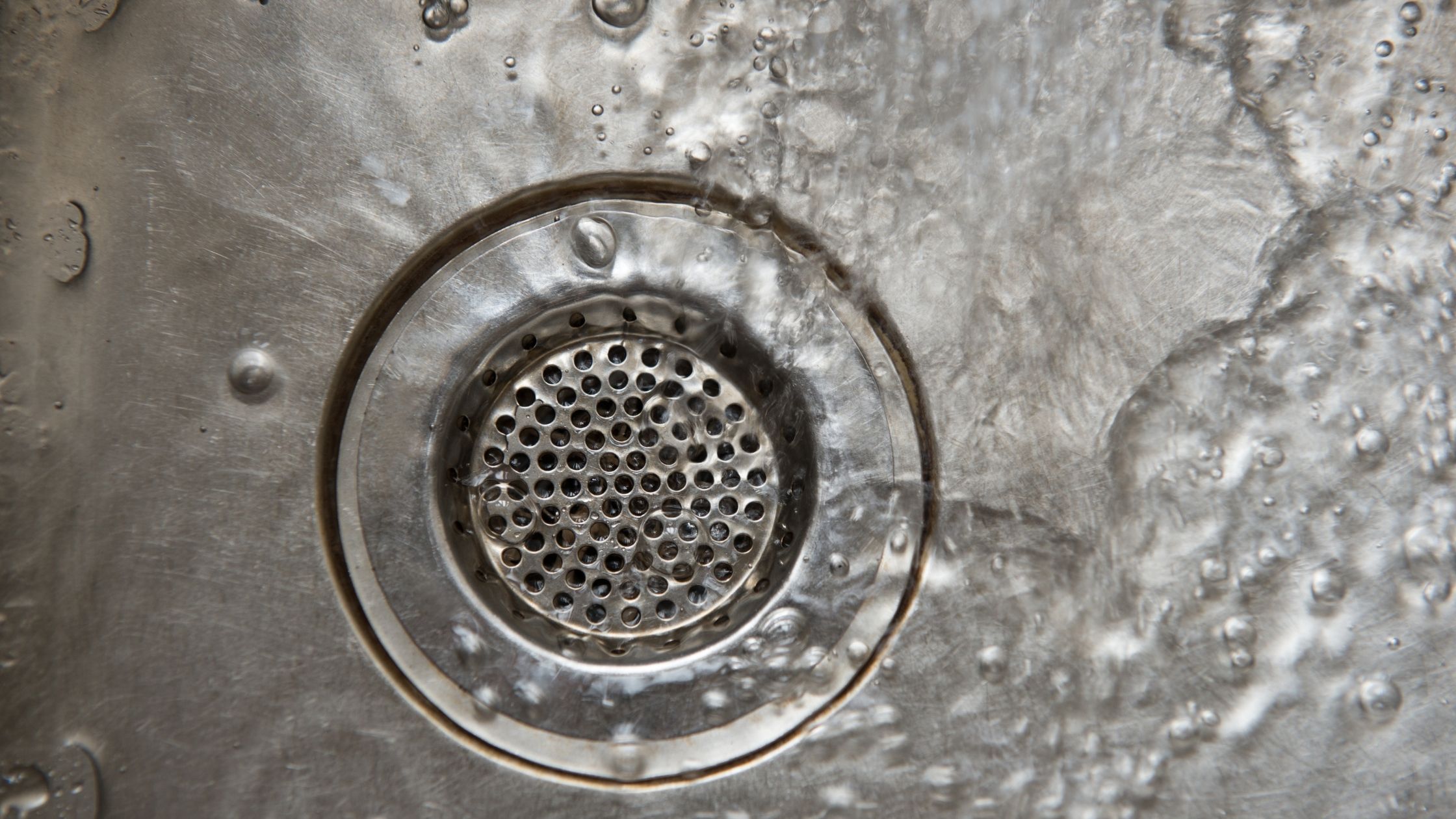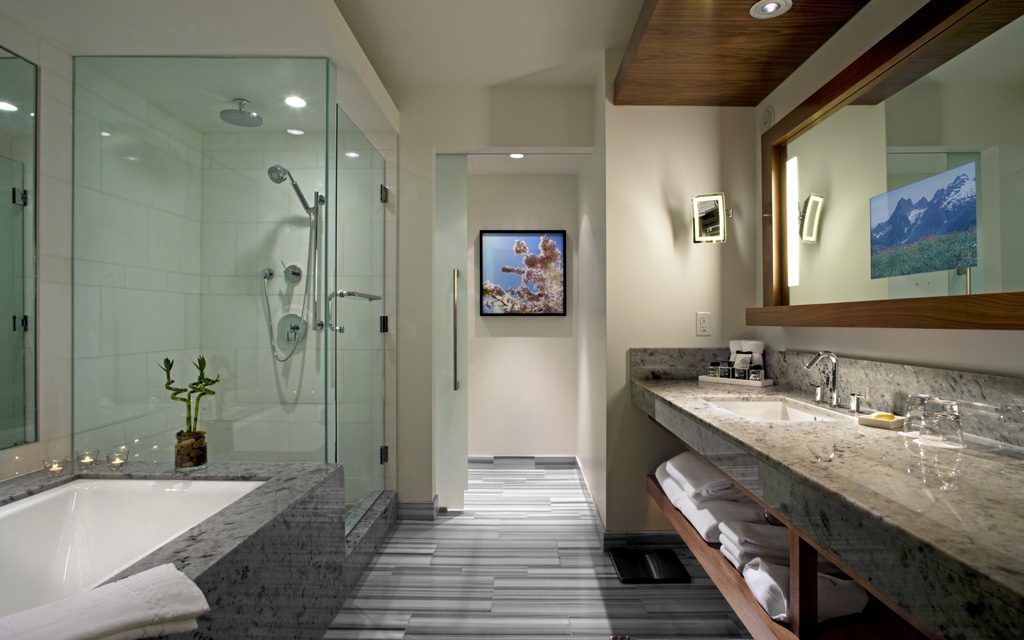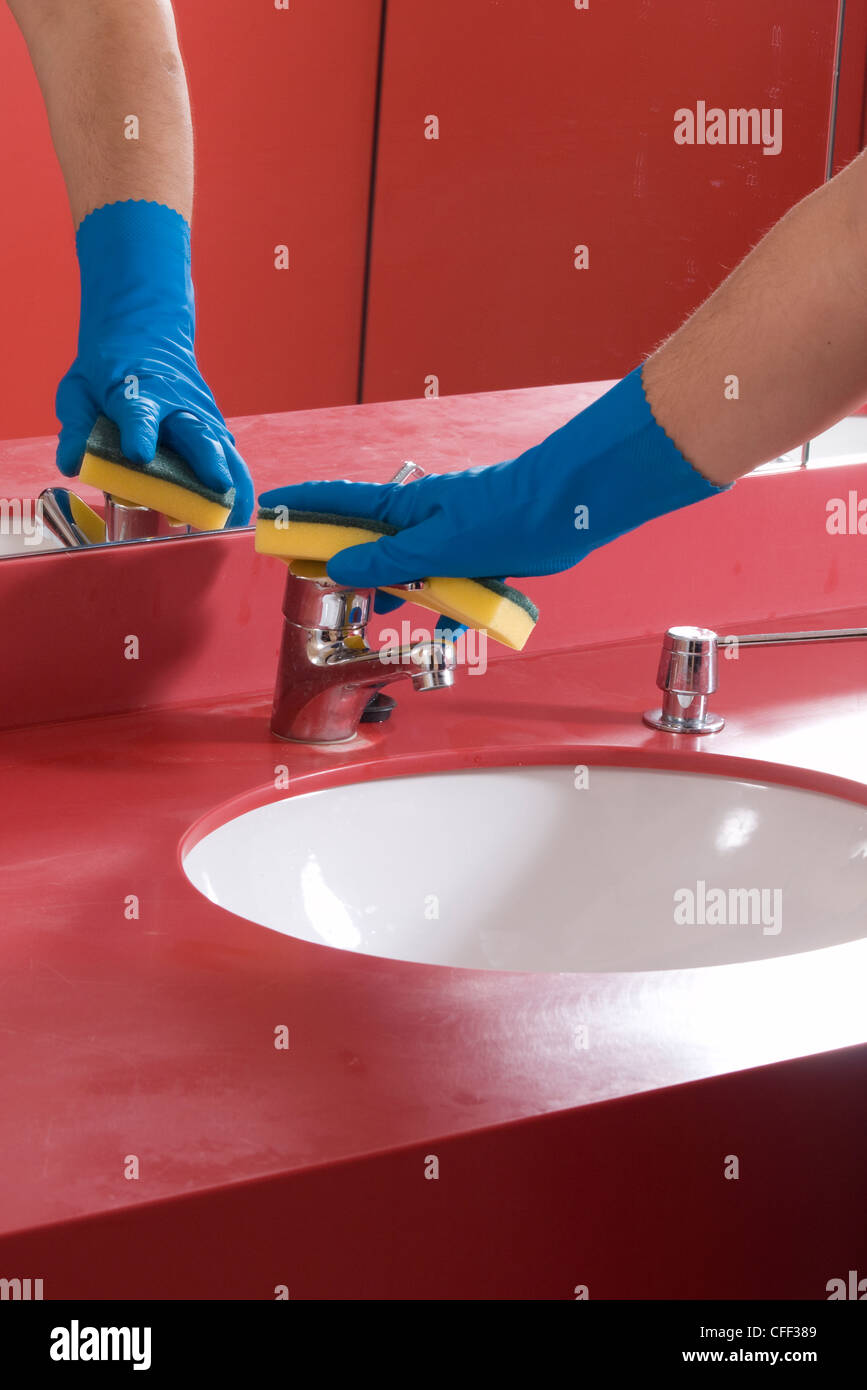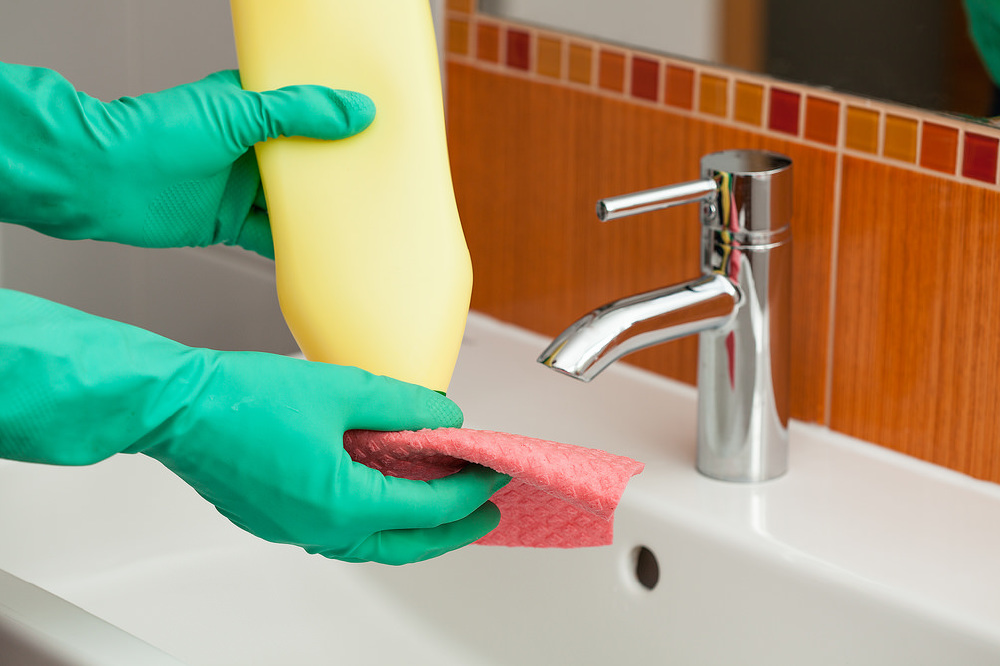Are you tired of standing in front of your bathroom sink, waiting for the water to slowly drain? You're not alone. Slow flowing bathroom sinks are a common household problem that can be frustrating to deal with. Fortunately, there are several simple solutions that can help you fix this issue and get your sink flowing smoothly again. In this article, we'll discuss the top 10 main fixes for a slow flowing bathroom sink. How to Fix a Slow Flowing Bathroom Sink
The first step in fixing a slow flowing bathroom sink is to identify the cause of the problem. There are several potential reasons why your sink may be draining slowly, and each one requires a different solution. Some common causes of slow flowing bathroom sinks include clogged pipes, mineral buildup, and faulty plumbing. By troubleshooting the issue, you can determine the best course of action to fix it. Troubleshooting Slow Flowing Bathroom Sink
If your bathroom sink is clogged, there are a few different methods you can try to unclog it. One option is to use a plunger, which can help to dislodge any blockages in the pipes. You can also try using a homemade solution of baking soda and vinegar to break up any buildup in the pipes. Alternatively, you can use a plumbing snake to physically remove any debris or hair that may be causing the clog. Tips for Unclogging a Slow Flowing Bathroom Sink
As mentioned before, there are several potential causes of a slow flowing bathroom sink. One common cause is mineral buildup, which can occur over time as hard water flows through your pipes. This buildup can restrict the flow of water and cause your sink to drain slowly. Another common cause is faulty plumbing, such as a clogged P-trap or a damaged pipe. Identifying the root cause of the problem is crucial in effectively fixing a slow flowing bathroom sink. Common Causes of Slow Flowing Bathroom Sink
If you're the DIY type, there are several solutions you can try to fix a slow flowing bathroom sink. As mentioned before, using a plunger, homemade solution, or plumbing snake can be effective in unclogging your sink. You can also try using a drain auger, which is a longer version of a plumbing snake that can reach deeper into the pipes. Additionally, you can remove and clean the P-trap to see if there is any debris causing the blockage. DIY Solutions for a Slow Flowing Bathroom Sink
If you need a quick fix for a slow flowing bathroom sink, there are a few options that may provide temporary relief. One option is to use a chemical drain cleaner, which can help break up any clogs in the pipes. However, these products can be harsh and may damage your pipes if used too often. Another quick fix is to pour boiling water down the drain, which can help to melt and flush away any buildup. Keep in mind that these are not permanent solutions and may not fix the underlying problem. Quick Fixes for a Slow Flowing Bathroom Sink
If you've tried DIY solutions and quick fixes without success, it may be time to seek professional help for your slow flowing bathroom sink. A plumber can use specialized tools and techniques to identify and fix the underlying cause of the problem. They can also provide preventative maintenance tips to help keep your sink flowing smoothly in the future. While this option may be more expensive, it can save you time and frustration in the long run. Professional Help for a Slow Flowing Bathroom Sink
The best way to deal with a slow flowing bathroom sink is to prevent it from happening in the first place. There are a few simple steps you can take to maintain a fast flowing sink. Regularly cleaning your sink and using a drain catcher to catch hair and debris can help prevent clogs. You can also invest in a water softener to prevent mineral buildup in your pipes. Additionally, be mindful of what you put down your sink, as grease and other materials can cause clogs over time. Preventing a Slow Flowing Bathroom Sink
Once you've fixed your slow flowing sink, it's important to maintain it to prevent future issues. Regularly cleaning your sink and using a drain cleaner can help prevent buildup and keep your sink flowing smoothly. You can also schedule regular plumbing maintenance to catch and fix any potential problems before they become major issues. By taking these steps, you can enjoy a fast flowing bathroom sink all year round. Maintaining a Fast Flowing Bathroom Sink
If you find yourself constantly dealing with a slow flowing bathroom sink, it may be time to consider upgrading to a new sink. There are many modern sink designs that are specifically designed to improve water flow and prevent clogs. Installing a new sink can not only improve the functionality of your bathroom, but it can also add style and value to your home. Consult with a plumber to find the best sink option for your needs and budget. Upgrading Your Bathroom Sink for Better Flow
Additional Tips for Fixing a Slow Flowing Bathroom Sink
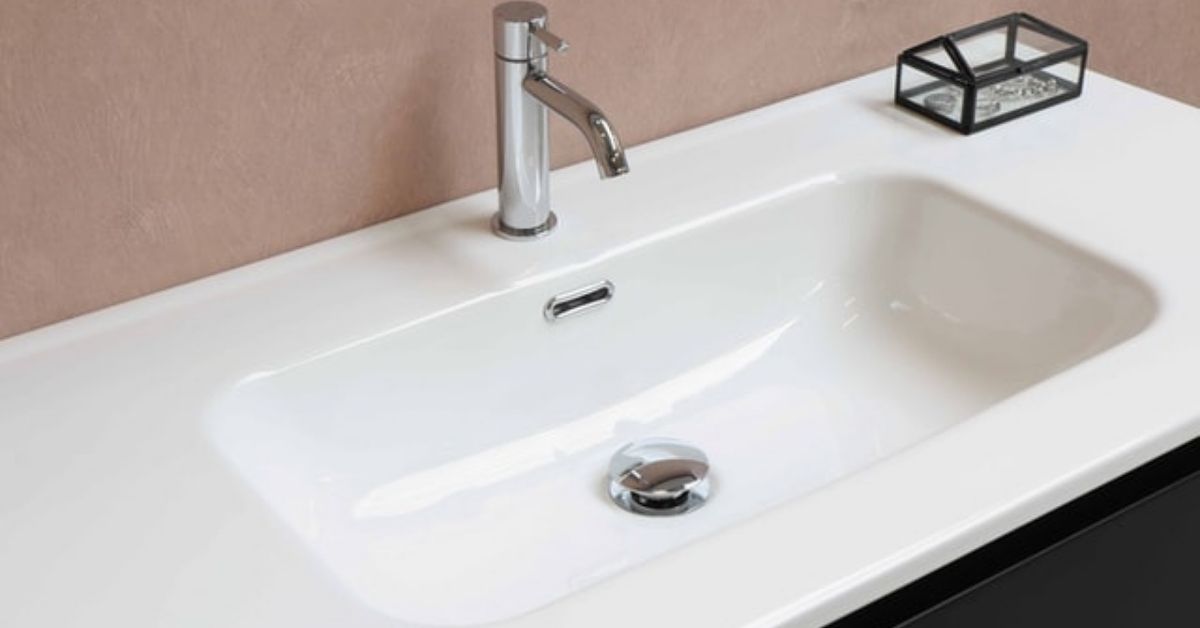
Check for Clogs
 One of the most common reasons for a slow flowing bathroom sink is a clog in the drain. This can be caused by a buildup of hair, soap scum, or other debris. To check for a clog, remove the sink stopper and use a flashlight to look down the drain. If you see a buildup of debris, use a plunger or a drain snake to clear it out. You can also try pouring a solution of
baking soda and vinegar
down the drain, followed by hot water, to help break up any clogs.
One of the most common reasons for a slow flowing bathroom sink is a clog in the drain. This can be caused by a buildup of hair, soap scum, or other debris. To check for a clog, remove the sink stopper and use a flashlight to look down the drain. If you see a buildup of debris, use a plunger or a drain snake to clear it out. You can also try pouring a solution of
baking soda and vinegar
down the drain, followed by hot water, to help break up any clogs.
Inspect the Pipes
 If you've checked for clogs and the sink is still draining slowly, there may be an issue with the pipes. Over time, pipes can become corroded or damaged, causing them to narrow and restrict water flow. This can also lead to leaks, which can cause water damage to your home. If you suspect the pipes are the problem, it's best to call a professional plumber to assess and fix the issue.
If you've checked for clogs and the sink is still draining slowly, there may be an issue with the pipes. Over time, pipes can become corroded or damaged, causing them to narrow and restrict water flow. This can also lead to leaks, which can cause water damage to your home. If you suspect the pipes are the problem, it's best to call a professional plumber to assess and fix the issue.
Consider Upgrading
 If your bathroom sink is old and outdated, it may be time to consider upgrading to a more efficient model. Newer sinks are designed with
water-saving features
such as low-flow aerators and efficient faucets, which can help improve water pressure and reduce the risk of clogs. Additionally, upgrading to a newer sink can also enhance the overall look and design of your bathroom.
If your bathroom sink is old and outdated, it may be time to consider upgrading to a more efficient model. Newer sinks are designed with
water-saving features
such as low-flow aerators and efficient faucets, which can help improve water pressure and reduce the risk of clogs. Additionally, upgrading to a newer sink can also enhance the overall look and design of your bathroom.
Maintain Regular Cleaning
 Prevention is key when it comes to maintaining a properly functioning bathroom sink. Routinely cleaning your sink, including the stopper and drain, can help prevent buildup and clogs. You can also try using a mesh drain cover to catch any hair or debris before it goes down the drain. It's also important to regularly clean out the P-trap, the curved pipe under the sink, to remove any accumulated debris.
Prevention is key when it comes to maintaining a properly functioning bathroom sink. Routinely cleaning your sink, including the stopper and drain, can help prevent buildup and clogs. You can also try using a mesh drain cover to catch any hair or debris before it goes down the drain. It's also important to regularly clean out the P-trap, the curved pipe under the sink, to remove any accumulated debris.
Conclusion
 A slow flowing bathroom sink can be a frustrating issue, but with the right knowledge and tips, you can easily fix it. By regularly checking for clogs, inspecting the pipes, considering upgrades, and maintaining proper cleaning, you can ensure your bathroom sink stays in top working condition. If you encounter any complex or recurring issues, it's always best to seek the help of a professional plumber for a thorough inspection and repair. Don't let a slow flowing sink disrupt your daily routine, follow these tips and keep your bathroom functioning smoothly.
A slow flowing bathroom sink can be a frustrating issue, but with the right knowledge and tips, you can easily fix it. By regularly checking for clogs, inspecting the pipes, considering upgrades, and maintaining proper cleaning, you can ensure your bathroom sink stays in top working condition. If you encounter any complex or recurring issues, it's always best to seek the help of a professional plumber for a thorough inspection and repair. Don't let a slow flowing sink disrupt your daily routine, follow these tips and keep your bathroom functioning smoothly.

































